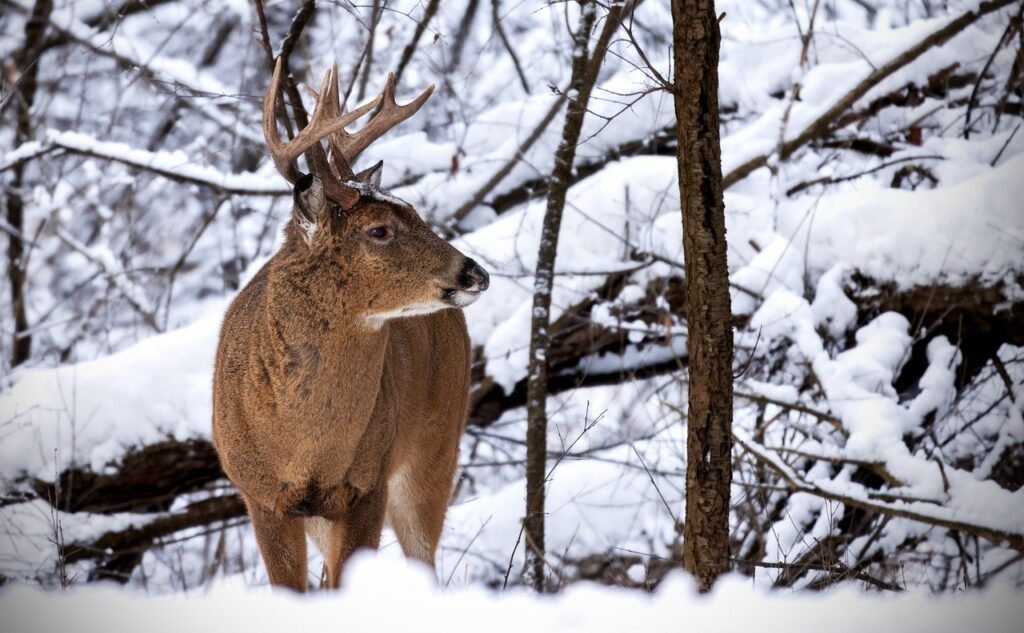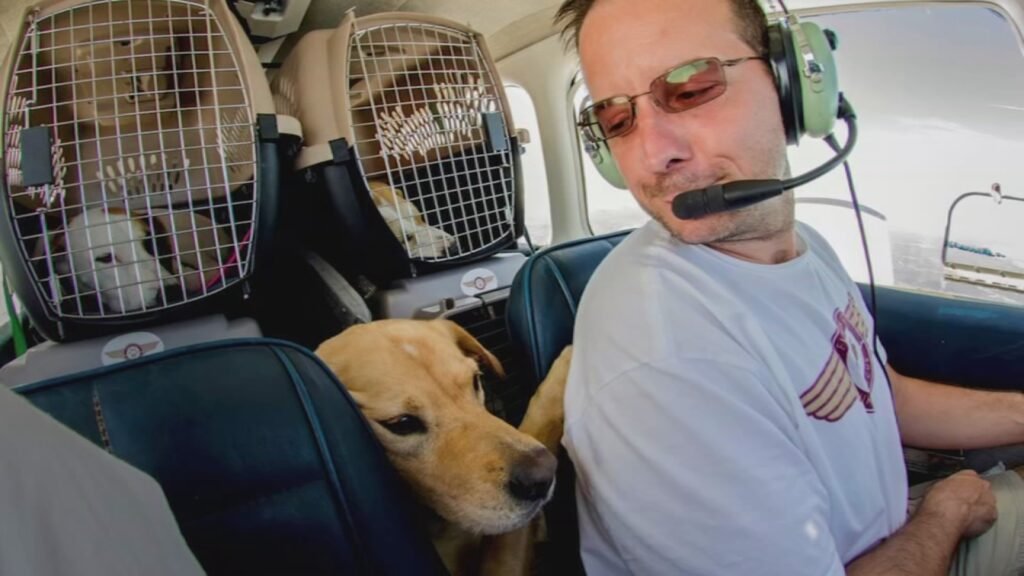[ad_1]
This report documents the results from the first “5-year” round of understory responses to the Tongass-Wide Young-Growth Studies (TWYGS) treatments, especially in relation to their effects on food resources for black-tailed deer (). Responses of understory vegetation to precommercial silviculture experiments after their first 4 to 8 years posttreatment were analyzed with the Forage Resource Evaluation System for Habitat (FRESH)-Deer model. The studies were conducted in western hemlock ()-Sitka spruce () young-growth forests in southeast Alaska. All four TWYGS experiments were studied: (I) planting of red alder () within 1- to 5-year-old stands; (II) precommercial thinning at narrow and wide spacings (549 and 331 trees per hectare, respectively) in 15- to 25-year-old stands; (III) precommercial thinning at medium spacing (420 trees per hectare) with and without pruning in 25- to 35-yearold stands; and (IV) precommercial thinning at wide spacing (203 trees per hectare) with and without slash treatment versus thinning by girdling in >35-year-old stands. All experiments also included untreated control stands of identical age. FRESHDeer was used to evaluate the implications for deer habitat in terms of forage resources (species-specific biomass, digestible protein, and digestible dry matter) relative to deer metabolic requirements in summer (at two levels of requirements—maintenance only vs. lactation) and in winter (at six levels of snow depth).
[ad_2]
Source link


